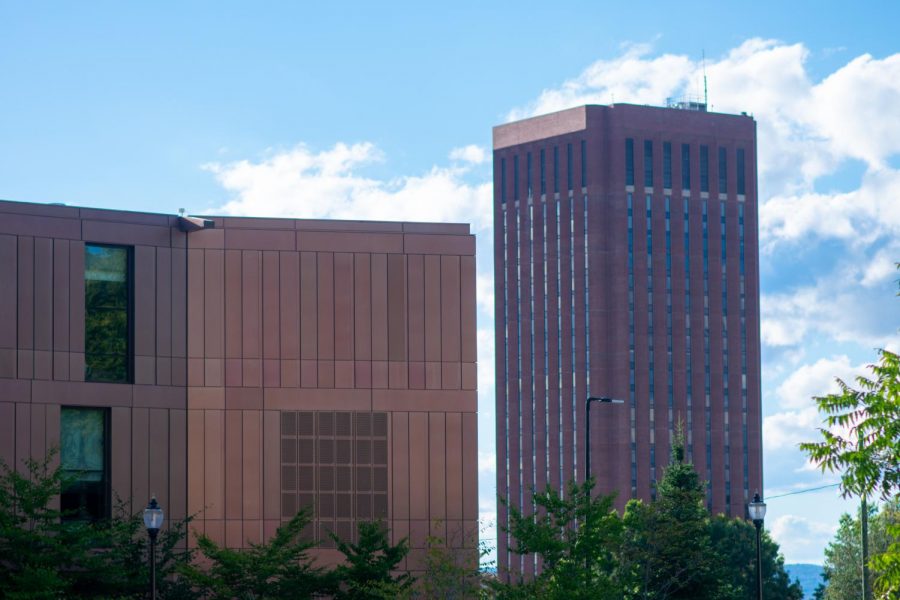This year, Massachusetts voters have the opportunity to vote on the incorporation of ranked-choice voting for the Commonwealth. A “yes” vote on Question 2 of this year’s Massachusetts ballot could change the way voting works – a daunting proposition. Some voters might ask why the system of voting that has existed for years should change at all. The answer is that ranked-choice voting is a more equitable way to elect leaders with the popular vote.
The wording on this year’s ballot is more than a little confusing at first glance. Question 2 looks intimidating, but ranked-choice voting is less complicated than it seems. So, let’s break it down. Simply put, ranked-choice voting allows voters to rank their choices in order of preference: first, second, third and so on. Voters can rank “as many or as few candidates as they want to,” according to the Ranked Choice Voting Resource Center. The votes are counted in rounds, “eliminating candidates with the lowest votes until one candidate has received a majority.” The winner of the election is the candidate who wins the majority – more than 50 percent of the votes – rather than the plurality system in place now, where the winner is the candidate who simply gets the most votes. This video from KQUED News explains the process in more detail.
Ranked-choice voting allows voters to choose more than one candidate for the position being filled. If voters really want to elect a candidate who might not have the best chance at winning the election (a “spoiler candidate”), they can put their support behind that candidate while also putting support behind another candidate who they might also agree with. This is the first step in working towards an electoral system that can feasibly represent political parties which are not the two established major parties. A true democracy should represent all of the people it works for and should not be the bipartisan system the United States is deadlocked in today.
Ranked-choice voting also eliminates the need for runoff elections. In the plurality system, when a winner is not made clear as the votes are counted, some districts are forced to hold runoff elections and bring voters back to vote for the remaining candidates a second time. With ranked-choice voting in place, this cost- and time-ineffective practice can be avoided, as candidates are eliminated until the majority winner is made clear.
Most importantly, a ranked-choice majority system of voting promotes fair representation. Gerrymandering has long been and continues to be a major flaw in United States representative politics. In heavily gerrymandered single-member districts, the winner-take-all voting system fails to represent the voices of voters in the same way that ranked-choice voting can. Implementing ranked-choice voting, even for seats in the House of Representatives (as proposed by Rep. Donald Beyer of Virginia in the Fair Representation Act), could essentially eliminate gerrymandering and give underrepresented voices an all-too-rare chance to be heard in their own government.
A common argument made against ranked-choice voting is that it can be “overly complicated and confusing” for voters, as California Gov. Jerry Brown said in 2016. Most counties in the United States have used the plurality-based voting system for decades, even centuries. So, I understand than an immediate switch might be hard to implement. But Cambridge has used ranked-choice voting to elect city council members and school committee members since the 1940s, and this year, Maine was the first state to implement this voting system on a ballot for a federal election. While ranked-choice voting might not yet be the best choice for larger elections like the presidential election, it has been proven to work on a smaller scale.
A “yes” vote on Question 2 would only alter “primary and general elections for all Massachusetts statewide offices, state legislative offices, federal congressional offices, and certain other offices beginning in 2022.” Ranked-choice voting would not be used in “elections for president, county commissioner, or regional district school committee member” in the Commonwealth. Implementing ranked-choice voting is the first step in dismantling the two-party system and encouraging representative democracy that is actually representative of the people.
Ana Pietrewicz can be reached at [email protected]. Follow her on Twitter @anapietrewicz.





















Tom • Oct 29, 2020 at 10:07 pm
Good op-Ed. Hadn’t made up my mind (not voting anyway) but this was very convincing. Dismantling the two-party system is a start, although something more akin to the French Revolution might be more appropriate/effective.